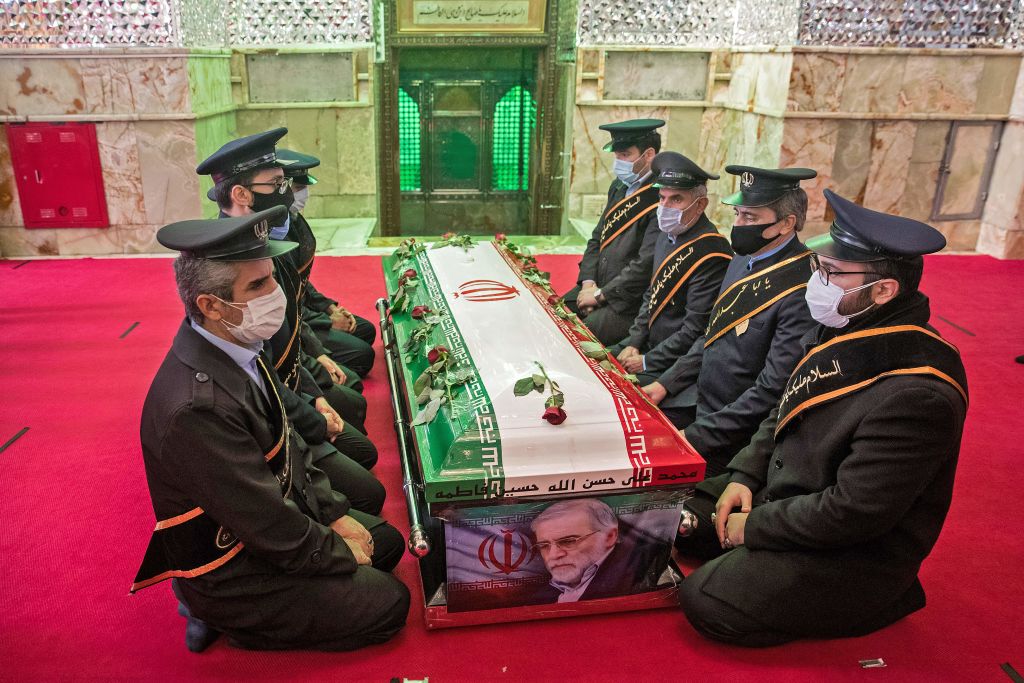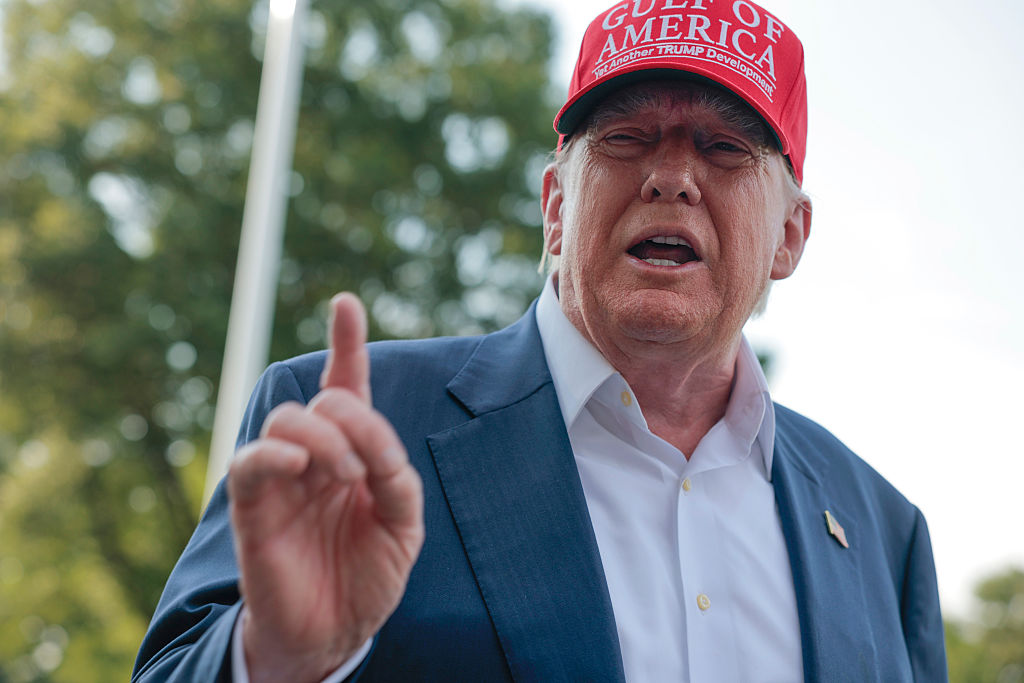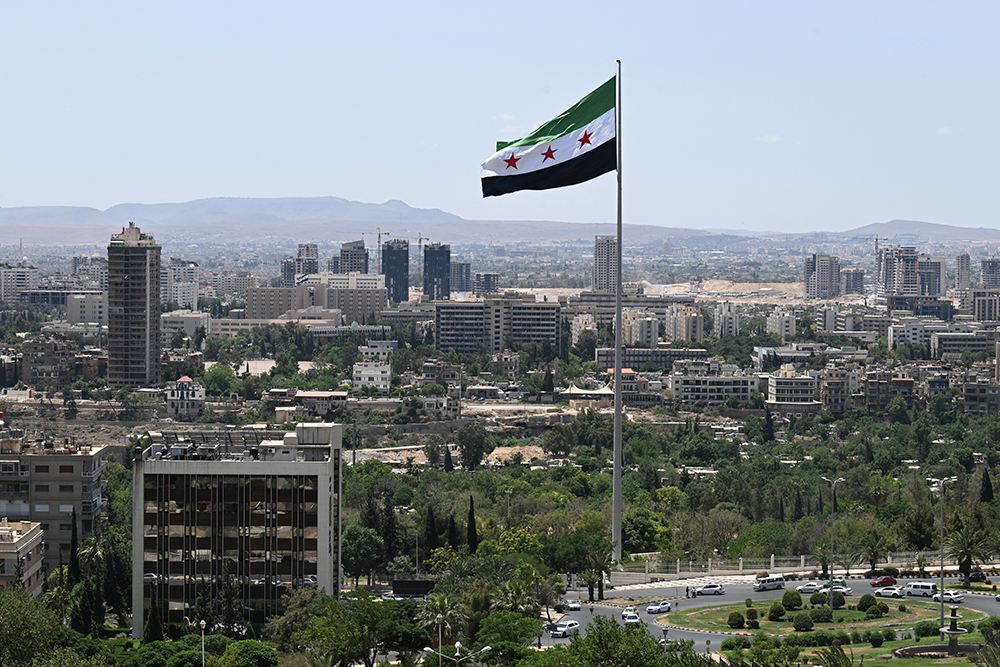The Mossad is not known for its touchy-feely approach. Whether it was the kidnap of Adolf Eichmann in the Sixties, hunting down and executing the Black September terrorists in the Seventies and Eighties, or dispatching a Hamas chief while disguised as tennis players in a Dubai hotel in 2010, the agency has built a reputation as the most feared secret service in the world.
Yet its underlying moral imperative in this most morally difficult of professions must not be overlooked. Former Mossad chief Meir Dagan used to show spies about to embark on a mission a photograph of his grandfather kneeling in front of Nazi soldiers before they shot him. This sense of ethical purpose has always been at the heart of the agency, even when it has been driven to play dirty.
Many suspected that the agency had a hand in the recent assassination of top Iranian nuclear scientist Mohsen Fakhrizadeh. Now, based on conversations with top intelligence sources with knowledge of the operation, I can confirm for the first time that this was beyond doubt a Mossad hit.
The interviews I conducted, which form the basis of an article in this week’s Jewish Chronicle, also enabled me to answer many of the questions that had previously hung over the assassination. The plot took eight months to plan and execute; it was carried out without American support or approval, with only the subtlest of warnings given to Washington in advance; and it was undertaken by a large team of more than 20 spies and agents, some of whom were Israeli nationals operating undercover on the ground in Tehran.
Moreover, the killing was ordered as a direct result of intelligence found in the Iranian nuclear archive, which was stolen in an audacious Mossad operation in 2018.
Sources disclosed that the collection of 50,000 documents and 163 CDs that held the details of Iran’s clandestine nuclear program — and now sit in a ‘forensically secure’ unit in Israel after spies snatched them from a Tehran warehouse — had Fakhrizadeh’s fingerprints all over it. And I mean that literally.
Many of the documents were found to have been handwritten by the man dubbed the ‘father of the bomb’, even holding the impression of his fingers as he pressed on the page while he wrote. They proved conclusively that even while Tehran was signing up to the Obama nuclear pact in 2015, it was secretly pursuing the bomb. (Today, Israel is relying on evidence from the archive to persuade the Biden administration not to make the same mistake as his naïve predecessor. ‘We will base our arguments this time on pure intelligence, not politics,’ an Israeli source said. ‘It will be cleaner to do that.’)
Fakhrizadeh, I was told, was found to be the architect of everything in the archive. He was directing all aspects, from the science and the secret sites to the personnel and the knowhow. From that moment — to use Mossad slang — it became clear that the scientist had to ‘depart’.
Most fascinating of all was the new detail of the way in which Fakhrizadeh was killed. Those with knowledge of the operation confirmed that the assassination was carried out using a remote-controlled gun. The device, weighing one ton, had been smuggled into the country piece by piece by Israeli spies over eight months. It was not satellite-operated, as had been rumored, but was controlled at a distance by agents on the ground. Its size was due to the fact that it contained explosives that allowed it to self-destruct once the job was done.
When I asked a well-placed source why such a convoluted method was chosen when a simple sniper bullet would have done the trick, the answer was surprising.
‘There were several ways to operate, but this one was the most accurate,’ the source said. ‘It was the most elegant way to make sure that the target will be hit, and only him. The objective was to avoid hurting anyone else.’
In the days since I pressed send on this story, that quote has stayed with me. The requirement of harming nobody but Fakhrizadeh presented Mossad planners with an immense challenge. The scientist was under guard 24 hours a day. At the time of his death, he was accompanied by several bodyguards, as he drove from Tehran to his villa in the upmarket mountain retreat of Absard. Blowing up the lot of them would have been relatively easy. But that would have contravened the spy agency’s core operational principle of proportionality.
Causing Fakhrizadeh to ‘depart’ entirely alone meant immeasurably greater expense, complexity, and risk to Mossad’s own agents. When it came to the appointed hour, however, the painstaking process of smuggling and building a hyper-accurate remote-controlled weapon, and planting it in a Nissan pickup truck by the side of the road, meant that even the scientist’s wife, sitting 10 inches away from him, emerged unscathed.
This article was originally published on The Spectator’s UK website.

























